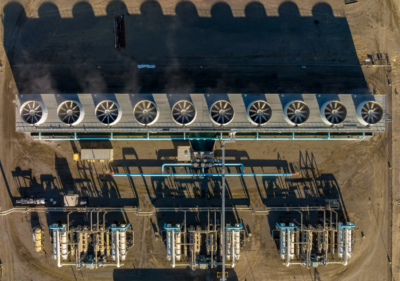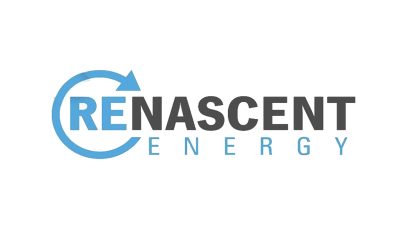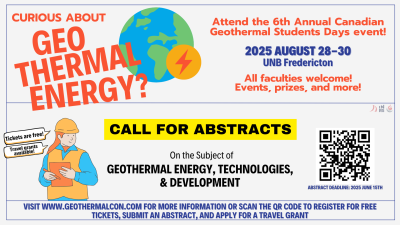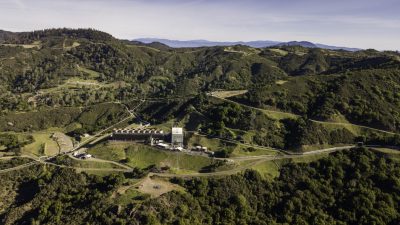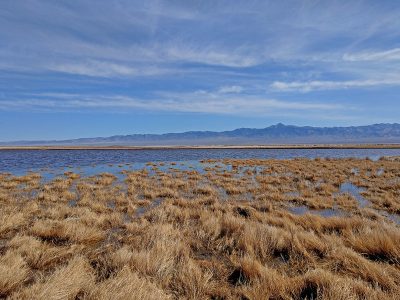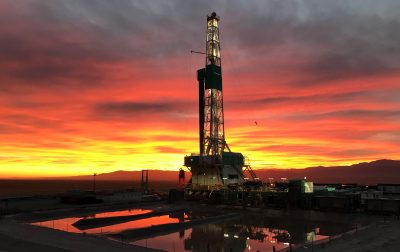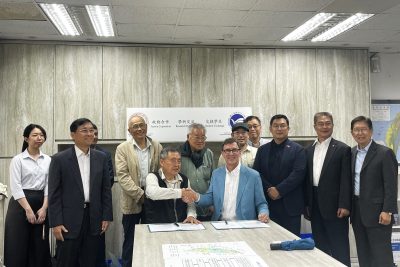Storing energy underground : Reservoir thermal energy storage shows promise
Reservoir thermal energy storage has huge potential for increasing the application of geothermal, particularly as a complement to solar and wind power.
Studies on the potential of storing renewable energy underground have been ongoing for some time. In the last few years, this field of study has gained momentum associated with the continued deployment of low-cost variable renewable energy (VRE) (Green et al., 2021). Research institutions and technology companies are examining ways to safely and economically harness the subsurface as a storage medium, which has the potential to significantly accelerate the growth of energy storage and capacity in the coming years (Sharan et al., 2020).
This guest article written by Teverra summarizes the studies evaluating storing renewable energy underground and offers suggestions on improving the underground thermal energy storage potential.
Currently, thermal energy production (not storage) for electricity is still not competitive with natural gas and other renewables. Geothermal power is a low-carbon source of energy with no intermittent problems. However, the costs associated with drilling wells in deep and hard-rock formations, where temperatures are hot enough for electricity production, makes it difficult to compete with other technologies aimed at power generation.
The areas where a suitable temperature gradient is at a reasonable depth are not found everywhere which limits the technology to parts of the US and the world (NREL, 2023). Figure below shows resource availability and colocation limitation not available everywhere.
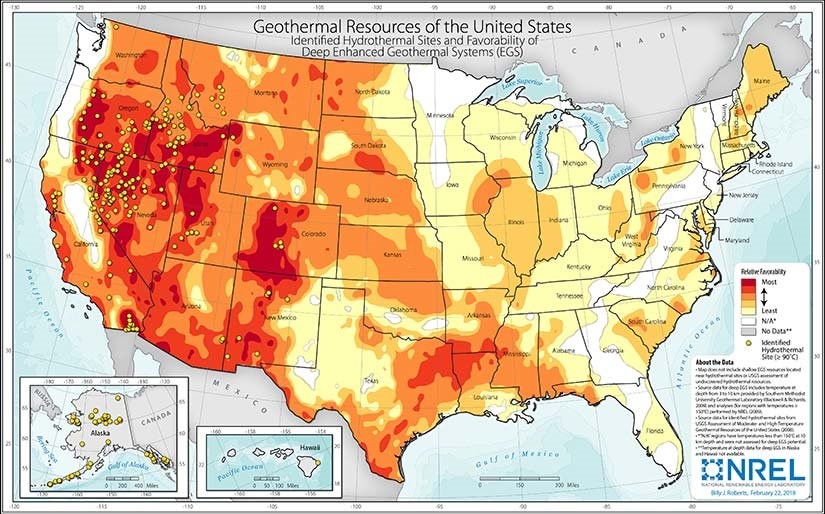
What is reservoir thermal energy storage?
The general concept of reservoir thermal energy storage (RTES) is simple. The Earth acts as a giant thermal battery to store excess renewable energy like solar and wind. When paired with these VRE sources, RTES produces a complete, reliable and resilient renewable energy solution.
For example, solar energy production typically peaks in the summer when daylight is the longest, which often leads to surplus electricity generation. This surplus, if paired with sufficient storage, could provide energy beyond diurnal electricity cycles, up to 1000+ hours of energy storage. Similarly, wind patterns can vary by location and season, with some regions experiencing consistent seasonal wind patterns. Seasonal high wind energy generation is valuable by itself but can be fully utilized and monetized when paired with equivalent seasonal energy storage, that being, RTES.
A reliable, resilient 24/7 electricity grid is closer to commerciality thanks to research and development in RTES and unique systems being developed, such as Teverra’s ResStor. ResStor is an RTES system, optimized to complement the initial VRE source. This system works similar to a thermal battery and can provide seasonal (1000+ hour) storage.
RTES systems like ResStor are a potential solution to the VRE conundrum because these systems ensure a steady and dependable supply of clean electricity. Still, this system is not without challenges. To date, RTES is still at the research and development phase, requiring key field demonstrations and technology advancements to become an integrated part of the current and future energy system.
To understand the size of the industrial heat market, the Figure below shows the data for heat and cooling demand for the US.? For heat use in the moderate temperature range (125 – 250 °F / 52 – 121 °C), there is a market demand of 350+ trillion BTUs per year.
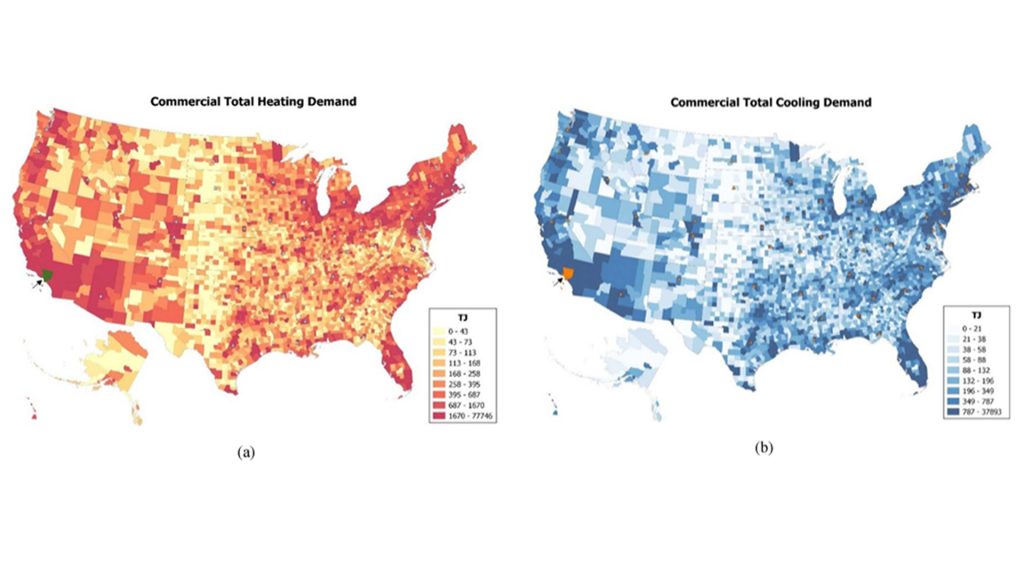
This article highlights the significant role that these systems can play, providing a sense of reassurance about the reliability of renewable energy. By knowing how to design and operate these systems effectively, we can pave the way for a future where geothermal energy is critical in storing and delivering clean power from renewable sources.
Here, we explain how RTES works and how it provides energy resiliency for long-term VRE sources, using the Teverra ResStor system as an example. We discuss how it can still be improved as well as point out the additional benefits to implementation of RTES systems.
How ResStor works
The ResStor system operates as a thermal energy battery. Excess energy is used to heat water. This hot water is injected underground through strategically placed wells into permeable rock formations. The Earth, with low thermal conductivity and diffusivity, acts as a natural insulator, trapping the heat within the rock. When energy is needed, the hot water is extracted from the reservoir and used. This can be used as direct heat or used to generate power through a conventional geothermal power plant. Because of the natural thermal energy storage properties of the subsurface, this system provides a long-term solution to energy storage.(Porlles et al., 2023)
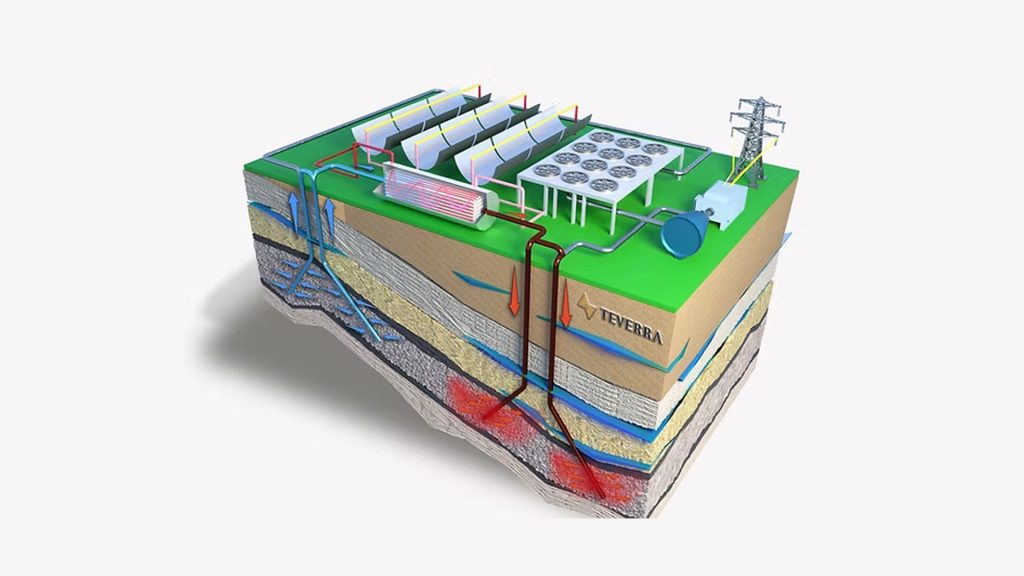
Optimizing the system: Well design makes a difference
The roundtrip thermal efficiency of RTES systems is one of the key value drivers of these systems. Still, there are challenges associated with accessing the significant subsurface space required for 1000+ hours of energy storage.
Recent studies have yielded significant insights into optimizing RTES system designs for maximum efficiency. Studies have compared various well configurations, mainly focusing on the placement and orientation of the wells within the reservoir.
These findings hold significant weight because they can significantly impact the economic feasibility of large-scale RTES projects. By identifying well designs that maximize heat capture and minimize energy loss, drilling advances and potentially lower drilling costs can be achieved; this translates to RTES becoming a more attractive option for large-scale renewable energy integration. Optimizing well design paves the way for cost-effective and efficient RTES systems, accelerating their potential to become a cornerstone technology for a clean energy future.
Beyond efficiency: The broader benefits of RTES
The promise of RTES extends far beyond simply addressing the intermittent challenge of renewables. Additional benefits include location flexibility, grid stability, and environmental benefits.
For location flexibility, unlike conventional geothermal resources, which are limited to geologically active areas, systems like ResStor can be created almost anywhere with suitable underground rock formations. This adaptability opens possibilities for utilizing renewable energy sources in regions with limited geothermal resources but abundant solar or wind energy.
Regarding grid stability, ResStor can act as a buffer for the electricity grid, providing a reliable power source during peak demand periods or unexpected outages, which helps to stabilize the grid and reduce reliance on fossil fuel backup generators.
Through these added benefits, ResStor and similar systems mitigate climate change and reduce greenhouse gas emissions by storing excess renewable energy and displacing fossil fuel generation.
The road ahead: Challenges and opportunities
While the potential of RTES systems is undisputable, various challenges must be overcome before widespread adoption occurs. These key challenges include cost reduction and environmental impact.
Drilling and operating systems like ResStor still require a significant upfront investment and are cost reduction constrained by wellbore and renewable energy input cost. Research and development efforts are crucial to reducing drilling costs and optimizing system design for improved efficiency and cost-effectiveness. While the geothermal industry does not control the cost of the incoming energy source, overall system efficiency improvements make the input energy more valuable on a cost per energy unit basis.
One concern not completely addressed to date is the environmental impact of RTES systems. The potential for water contamination is one common concern, as well as the increase in wellbores and associated energy system footprint.
Both environmental concerns can be mitigated through optimized system design, specifically the well field development. Water contamination is mitigated through several design parameters. First, the overall well design is made to hydrologically separate freshwater aquifers from deeper, non-potable aquifers. Through this design, water contamination risks are mitigated. Additionally, ResStor targets non-potable aquifers, and is performed in a non-consumptive fashion, so freshwater is in no way a part of the ResStor system.
Similarly, the wells and the well field can be designed to optimize energy storage efficiency. Several wellbore designs and well placement designs were tested as part of the ResStor design development, with numerical simulations used to optimize the power density per well and round trip thermal efficiency. By producing an optimized energy efficiency per wellbore, the footprint for the energy system can also be optimized, that is, the greatest energy density per unit of land use.
A brighter future with subsurface batteries
RTES systems including ResStor offer a groundbreaking solution for storing renewable energy and unlocking the full potential of solar and wind power. By addressing the intermittent nature of these energy sources and by providing a reliable, clean, and location-flexible storage option, RTES systems can be pivotal in our transition to a clean energy future. Still, their full potential is not yet realized (Armstrong, 2022).
A field demonstration is required to show this energy storage system as a technically and commercially viable energy storage system. It will also provide an opportunity to identify continued challenges. Further collaboration between private industry, public support, higher education, national laboratories, and policymakers can further enhance RTES capabilities and make this energy storage technology a cornerstone technology for a sustainable energy future.
References
Armstrong, R. (2022). The Future of Energy Storage An Interdisciplinary MIT Study.
Green, S., McLennan, J., Panja, P., Kitz, K., Allis, R., & Moore, J. (2021). Geothermal battery energy storage. Renewable Energy, 164, 777–790. https://doi.org/https://doi.org/10.1016/j.renene.2020.09.083
NREL. (2023). Resource Assessment and Mapping.
Oh, H., & Beckers, K. (2023). Geospatial Characterization of LowTemperature Heating and Cooling Demand in the United States . 48th Workshop on Geothermal Reservoir Engineering.
Porlles, J., Batir, J., Gentry, E., Kitz, K., & Soroush, H. (2023). Synthetic Geothermal Reservoirs: Optimized Drilling Patterns for Cost-Effective Efficient Energy. In GRC Transactions (Vol. 47).
Sharan, P., Kitz, K., Wendt, D., McTigue, J., & Zhu, G. (2020). Using Concentrating Solar Power to Create a Geological Thermal Energy Reservoir for Seasonal Storage and Flexible Power Plant Operation. Journal of Energy Resources Technology, 143(1). https://doi.org/10.1115/1.4047970
Soroush, H., Batir, J., & Porlles, J. (2022). ResStor. Https://Www.Teverra.Com/Res-Stor.








